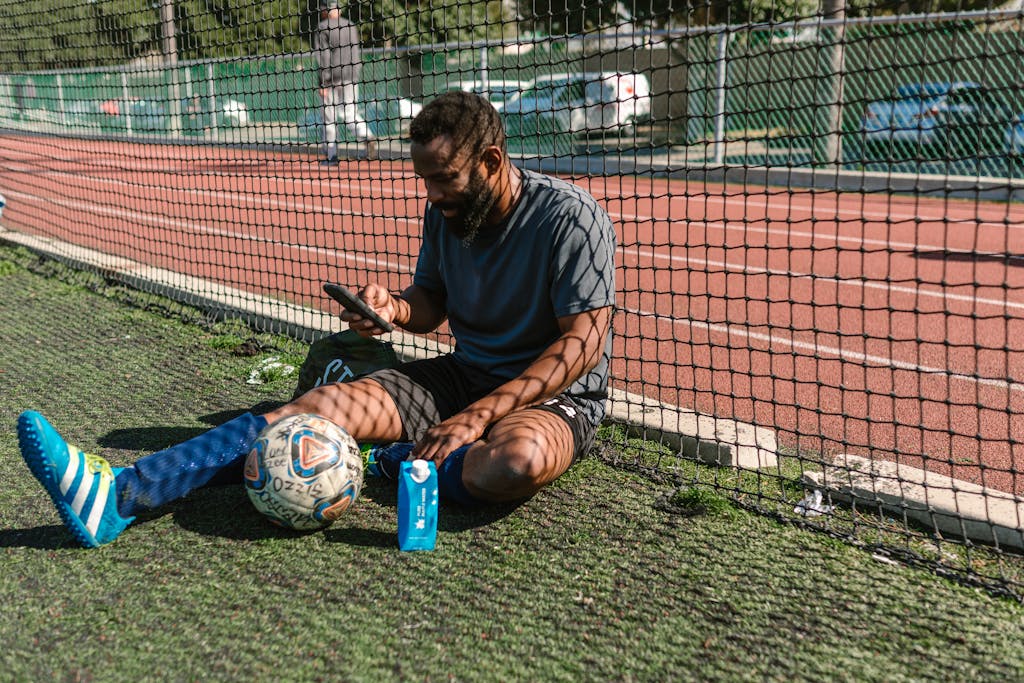The Slow Living Movement: Why Hustle Culture Is Losing Its Appeal
Not long ago, hustle culture was everywhere.
Working late, skipping rest, and always pushing for more were almost celebrated.
But lately, something’s changing.
More and more people are rejecting the always-on mentality, embracing a slower, more intentional way of living.
Welcome to the slow living movement, where life isn’t just about being productive, but about being present.
Why Are People Rejecting Hustle Culture?

The pandemic changed how we think about time and priorities.
For many, it revealed how fragile mental health can be when life is all grind and no rest.
People began asking:
- Why am I working 60-hour weeks without feeling fulfilled?
- Is my hustle actually leading to happiness or just burnout?
- Why does slowing down feel like failing?
It wasn’t just personal.
Companies noticed too. A Microsoft report showed that burnout was at an all-time high during the pandemic, especially among remote workers.
(Microsoft Work Trend Index)
It’s no wonder that “slow living” started to feel less like laziness and more like a radical act of self-preservation.
What Does Slow Living Really Mean?
Contrary to what some might think, slow living isn’t about being unambitious.
It’s about choosing quality over quantity, whether that’s in your work, your relationships, or even your hobbies.

Here’s what it looks like:
- 🕰️ Intentional Time: Working fewer hours but with more focus
- 🌿 Mindful Routines: Prioritising health, sleep, and real breaks
- 💬 Honest Conversations: Challenging the idea that productivity equals value
- 🧠 Mental Space: Allowing yourself to pause, reflect, and recharge
Slow living is a mindset shift from constantly performing to simply being.
Read: The Rise of Quiet Quitting: Balance or Burnout?
Is Hustle Culture Really Fading?
Not completely.
Social media still glorifies busy schedules and grind mindsets.
Entrepreneurs post about 5 a.m. wake-up routines and 12-hour workdays as if they’re badges of honour.
But while hustle content may still exist, its popularity is waning.
A recent survey by LinkedIn found that professionals increasingly value work-life balance over high pay and career growth.
The shift is subtle but significant:
People still want success but not at the cost of their well-being.
How to Embrace Slow Living Without Feeling Guilty
If you’re used to the hustle, slowing down can feel uncomfortable.
But it’s possible to integrate slow living without losing your drive:
- Set Boundaries: Create non-negotiable downtime, even if it’s just 30 minutes a day
- Redefine Success: Value consistency and sustainability over quick wins
- Protect Your Energy: Choose one focus per day instead of multitasking
- Disconnect to Reconnect: Schedule offline time to recharge mentally
The truth is, slow doesn’t mean stagnant.
It means moving at a pace that respects your mental and emotional health.
Maybe hustle culture isn’t gone for good.
But the slow living movement is a reminder that productivity shouldn’t come at the expense of presence.
We don’t need to choose between ambition and balance.
Sometimes, doing less means living more.




